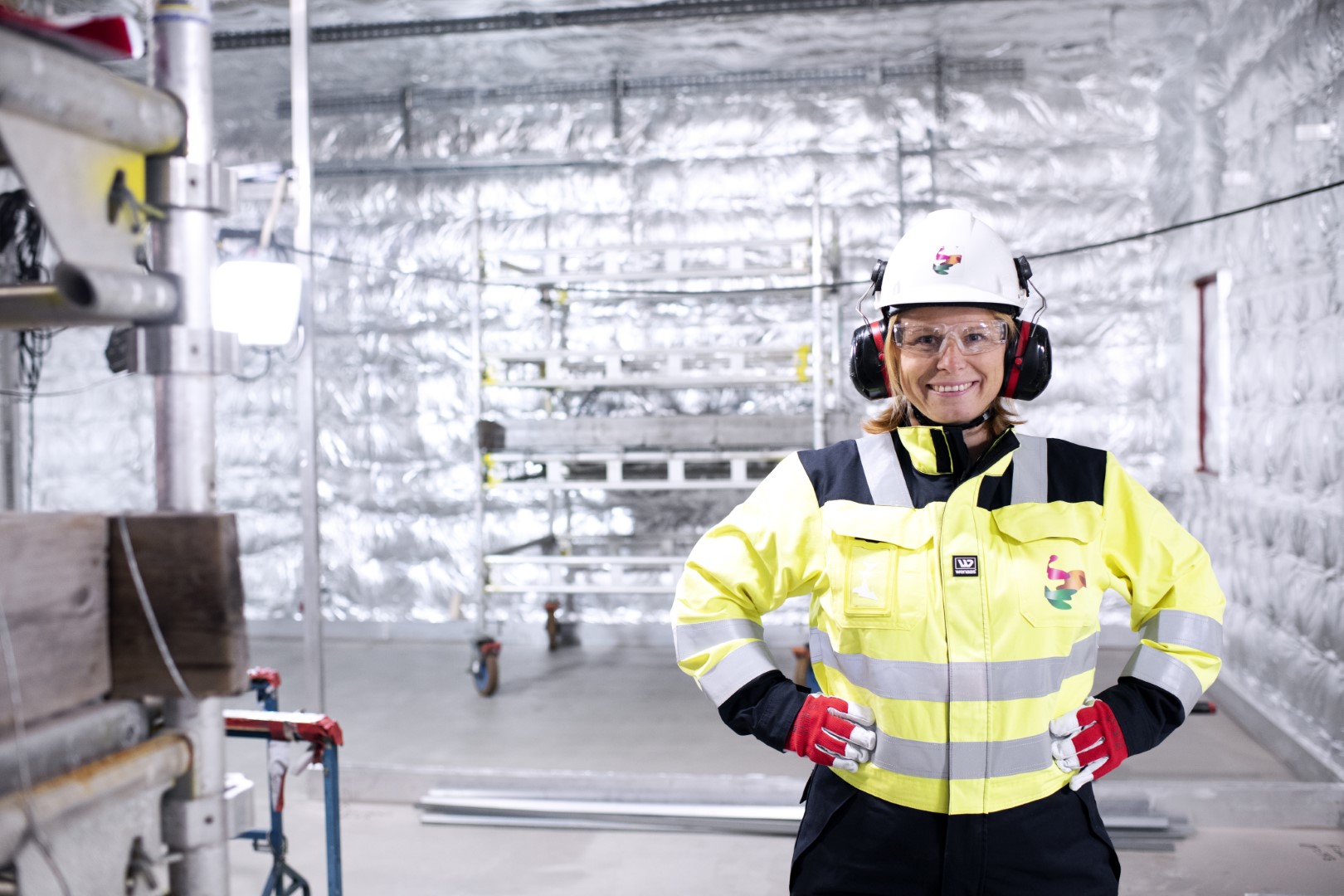Hod
The Hod field consists of a normally unmanned installation, remotely operated from Valhall. CO2 emissions are very low due to power from shore.
The Norwegian Ministry of Petroleum and Energy approved the Plan for
development and operation (PDO) for Hod in the North Sea on 8 December 2020. The approved PDO for Hod development was personally handed over from the Minister of Petroleum and Energy Tina Bru, to the robot dog Spot, to catch up from their last meeting; in June, it was Spot who submitted the PDO to the Minister.
Total investments in the project are estimated at around USD 600 million and the employment effect is estimated at 5,000 FTEs (full-time equivalents).
Hod is one of the first projects to be realised during the temporary changes in
Norwegian petroleum taxation approved by the Storting in June 2020.
Hod’s recoverable reserves are estimated at around 40 million barrels of oil equivalent. Aker BP is the operator with a 90 per cent ownership interest. Pandion Energy is the partner with 10 per cent interest.
Copy of Valhall Flank West – and close to zero emissions
The concept, execution model and organisation are copied from Valhall Flank West, which started production in December 2019. Here, Aker BP and the alliance partners set a new standard for delivering flank developments on the Norwegian shelf.
Hod receives power from shore via the Valhall field centre, which means almost zero local CO2 emissions during normal operations. In 2019, Aker BP had CO2 emissions of 7 kg per barrel of oil equivalent. This is less than half the global industry average, and below the average on the Norwegian shelf. The goal is to deliver an emission intensity of less than 5 kg CO2 per barrel produced.
First oil in 2022
Hod was the first unmanned platform on the Norwegian shelf when it came on stream in 1990. Now the platform has been shut down and will be removed once the wells have been permanently plugged. The new Hod, which has been named Hod B, started production in April 2022.
